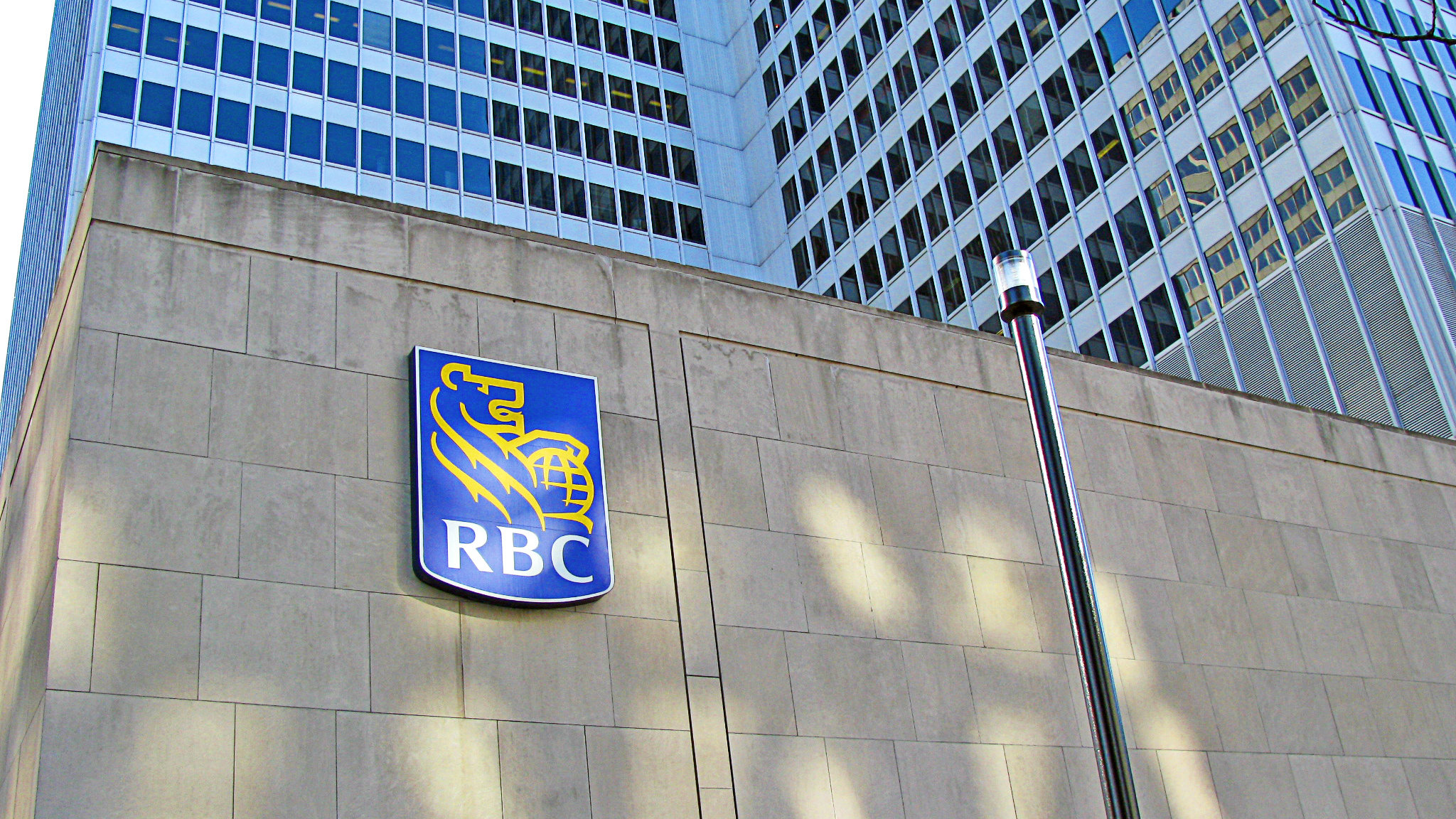Royal Bank of Canada (TSX:RY)(NYSE:RY) released its third-quarter earnings on August 23 and mostly met expectations. The company posted net income of $2.8 billion and hiked its dividend by 5%. Profit was down $99 million from Q3 2016, which represented a decline of 3%, but, excluding the sale of auto and home manufacturing insurance, income was up 5% year over year. Income in wealth management and insurance divisions were up 25% and 56%, respectively. Revenue was down 2.6% from the third quarter of 2016 to $9.99 billion.
RBC is exceling in modernization
On August 22, a day before its earnings release, a study from Greenwich Associates showed that RBC Dominion Securities was outpacing its domestic competitors in market share in fixed income. The bank has made significant investments in technology across its commodities, currencies, and fixed-income businesses. RBC has also been extremely successful in onboarding new talent, while other institutions have struggled in the light of older, experienced employees retiring en masse.
RBC ranked number one in the J.D. Power customer satisfaction survey published in July. Banks are in fierce competition to appeal to millennials who bank in a very different way from previous generations. On August 28, RBC also announced that it would become the first bank in Canada to offer personalized digital financial insights and an automated savings service through the RBC mobile app. This is designed to be an attractive option for millennials who are less willing to sit down with a conventional advisor and develop a plan. The rise of robo-advisors and direct brokerage services also demonstrate that young investors are looking to take control through online platforms rather than work directly with financial advisors or planners.
RBC continues to lead the pack with its digital transformation. This will dramatically bolster the prospects for its long-term outlook.
Where is the stock going for the remainder of 2017?
RBC stock has risen 1% as of close on August 28 week over week. The earnings beat immediately propelled shares, which have been in a steady decline since reaching an all-time high in early March of $99.90 — down 6%. The bank suffered in the wake of the spring housing crisis, concern over rising interest rates, and a general cooling of investor sentiment driven by these factors and ongoing geopolitical worries.
The dividend hike announced in the third quarter brings RBC stock to $0.91 per share, representing a 3.91% dividend yield at offering. RBC stock has increased 2.4% in 2017 and 14.1% year over year. The stock was a big beneficiary from the so-called Trump Trade which blew up stock valuations after the 2016 U.S. election. The share price had been relatively static in a two-year period from November 2014 to 2016.
The kind of growth seen from late 2016 to the spring of 2017 is likely unrealistic. Still, investors can feel good about adding RBC stock for its dividend yield and promising long-term outlook driven by a market-leading digital transformation.








